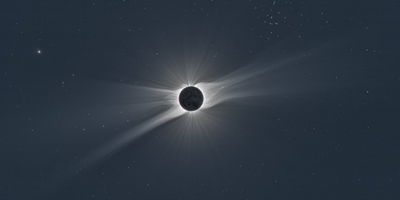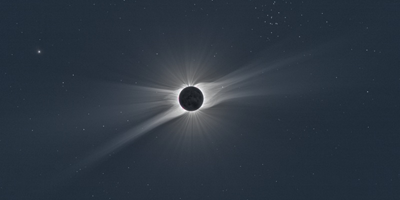Why the Solar Wind Blows Hot and Cold
One of the biggest puzzles of the solar wind is why certain ions in the wind are hotter than others. The temperature of helium ions, for example, is on average 5 times higher than that of hydrogen ions. Now, writing in Physical Review Letters, Justin Kasper of the Harvard-Smithsonian Center for Astrophysics, Massachusetts, and collaborators present a model that demonstrates how certain plasma waves, called ion cyclotron waves, will preferentially heat heavier ions travelling below a threshold velocity.
The solar wind consists of electrons, protons (hydrogen ions), and a small smattering of heavier ions. This plasma is extremely thin, with roughly ions per teaspoon at Earth’s orbital distance from the Sun. And yet, the wind is over kelvin, as deduced from the proton velocity distribution. The cause of these high temperatures is unknown, but likely candidates include a variety of different plasma waves, which are fluctuations in the distribution of charged particles.
Ion cyclotron waves are plasma waves that correspond to oscillations in the circular motion of ions around a magnetic field. Previous work has considered how these waves might heat the solar wind, but the model presented in this work demonstrates how this heating can be selective at an atomic level. Their model is based on the realization that heat transfer from waves to ions is strongest when an ion can resonantly interact with waves moving both forward and backward with respect to the wind. This excludes both hydrogen ions and fast-moving ions that outrun the forward-moving waves. The theory’s predictions for ion temperatures and temperature anisotropies (hotter ions moving perpendicular to the magnetic field) match a compilation of 17 years of data from the Wind spacecraft. – Michael Schirber





